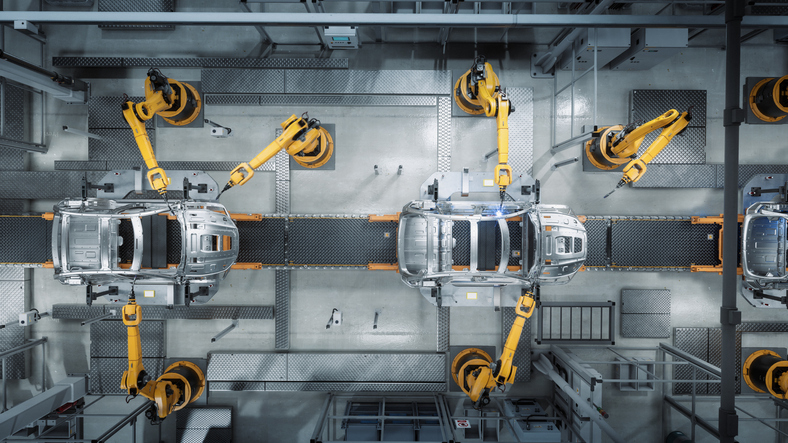 Recently, it was revealed that the US is relocating 350,000 jobs from China to our shores, a tenfold increase from 2010. This would usually entail the creation of a significant number of employments. However, most manufacturers will use automation to replace these positions. Sources state that for the third consecutive quarter, sales of automation components hit record high in North America.
Recently, it was revealed that the US is relocating 350,000 jobs from China to our shores, a tenfold increase from 2010. This would usually entail the creation of a significant number of employments. However, most manufacturers will use automation to replace these positions. Sources state that for the third consecutive quarter, sales of automation components hit record high in North America.
Here are some important facts.
Fortunly.com states,
● Automation eliminated 400,000 jobs in American factories between 1990 and 2007.
● The number of industrial robot jobs climbs by 14% per year.
● Robots could displace 20 million manufacturing jobs by 2030.
● Generation Z is at risk of being displaced by automation.
Since the Coronavirus pandemic began, many organizations have concentrated on using automation to help them execute jobs more efficiently and swiftly. For example, according to reports, Tesla will build a humanoid robot that will "replace people in repetitive, monotonous, and dangerous tasks...and service millions of households, such as cooking, mowing lawns, and caring for the elderly." The robots’ price on the market is reportedly under $20,000, which makes it simpler for manufacturers to access them to perform human-based tasks in the near future. Robotics and AI are eliminating jobs quicker than ever and are beginning to be progressively advanced in productivity, consistency, speediness, and much more.
I recently attended an event for a new venture called Gennflex. This organization was formed by one of our clients, Anton Koretskov of Precision Zone, Inc., with the goal of educating young people on the programming of robots. Round-table conversations on "bridging the gaps between industry and education" was the theme held throughout the event. On this occasion, I was introduced to a number of automation examples that swiftly and flawlessly carried out a variety of tasks. This includes a metal 3D printer, a welding automation system. Additionally, there were a few games with automated systems like Sling Puck, which was developed by Gennflex interns who were senior students with electrical engineering majors from universities like UICU, Northwestern, etc., who had varied levels of training in industrial robotics and machine vision before their internship. With only two weeks of GennFlex Introductory Robotics Training, the team only took 10 days to build.
Here is a video of the new automation.
Regarding the potentials of automated systems in the future, I discovered a few crucial points you should take with you.
● Robots and automated systems are becoming smarter and more affordable, thus they will be widely available in the near future.
● You can expect inexpensive humanoid robots to assist us with basic tasks in 5-10 years.
● As automation replaces minimum-wage jobs, kids who are in elementary school right now will have no choice but to get a higher education.
Overall, the increasing action of more advanced, efficient, and productive systems is becoming more and more profitable for companies meaning that more automated systems will be taking over jobs once done by humans. Therefore, it is important to also keep up with the progress of automated systems and how it will affect you as well as companies around the world.





